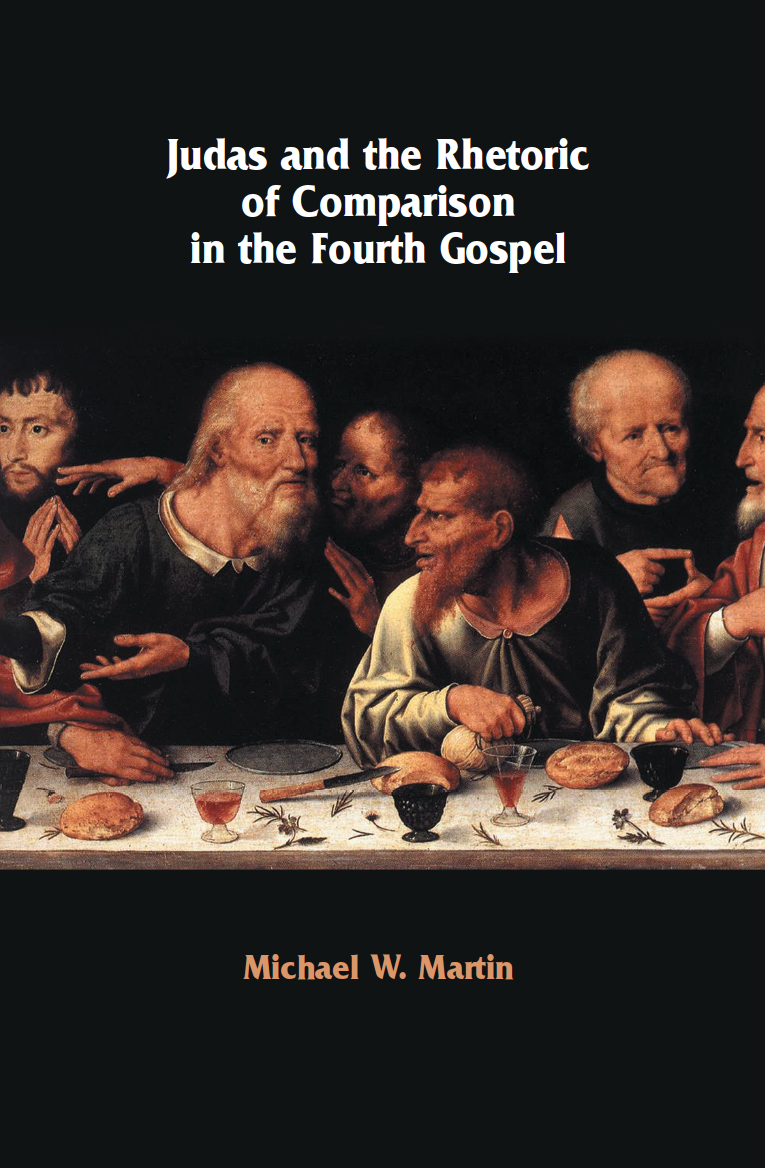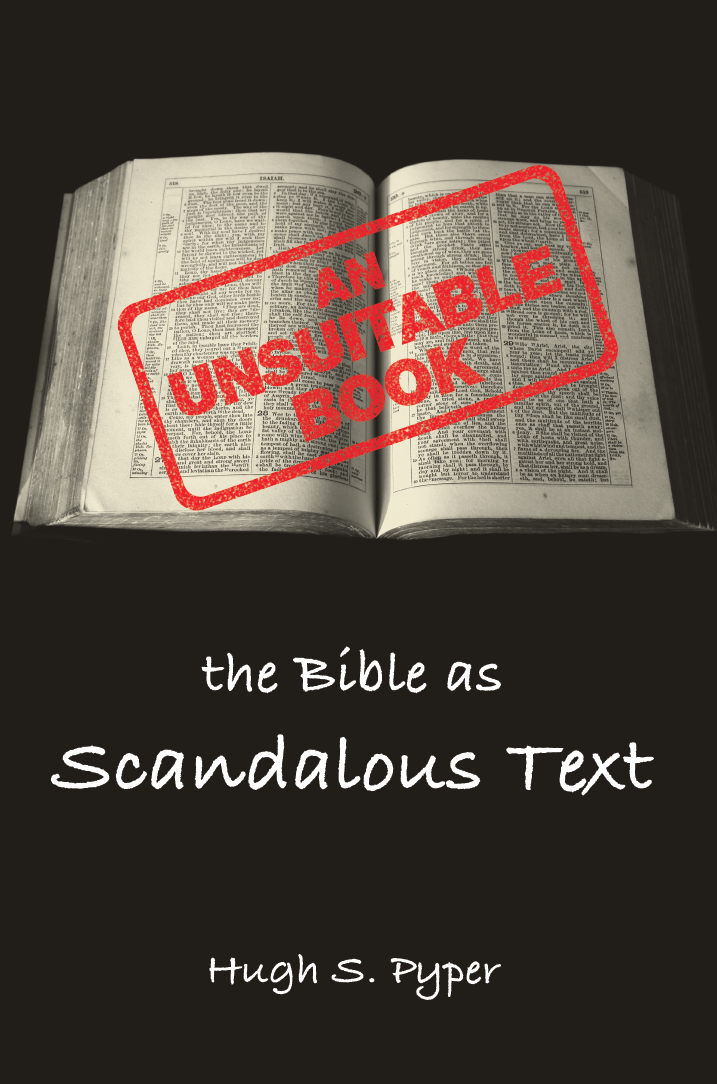Sale
The Death of Judas: The Characterization of Judas Iscariot in Three Early Christian Accounts of His Death
Published: Oct 2012
Original price was: £60.00.£15.00Current price is: £15.00.
Images of Judas across the centuries of Christian interpretation predominantly depict him as an object of horror and condemnation. Some modern interpreters have argued, however, that details about Judas in the canonical Gospels, such as his remorse and suicide, are tragic elements that vindicate Judas, to some extent at least. In addition, the recent discovery of the Gospel of Judas has provided further evidence that even in antiquity there were widely differing views of Judas. The question of the characterization of Judas in early Christianity remains open.
Ancient rhetorical handbooks and countless examples from the literature of the Greco-Roman period reveal that death-accounts were regarded as fertile opportunities for shaping the characterization of a figure. Authors and audiences shared the expectation that the manner of a person's death revealed character. This insight provides a new window into the interpretation of Judas in the early Christian era, since three accounts of the death of Judas have survived from before 150 CE through the Gospel of Matthew, the Acts of the Apostles, and the fragments of Papias.
Strategies for encomium and invective, and other elements of Greco-Roman and Jewish literary portraiture, vividly reveal the character-shaping significance of the details in the accounts of Judas's death. His final words, final actions, and the mode of his death —whether suicide by hanging, falling headlong and bursting, or swelling to the size of a wagon —all would have been understood to signify Judas's inner qualities and indicate his moral worth. To ancient auditors, the characterization of Judas in these texts could lead only to the assessment of Jesus, 'Woe to that one by whom the Son of Man is betrayed! It would have been better for that one not to have been born' (Matt. 26.24).
Sale
The Death of Judas: The Characterization of Judas Iscariot in Three Early Christian Accounts of His Death
Original price was: £60.00.£15.00Current price is: £15.00.
Images of Judas across the centuries of Christian interpretation predominantly depict him as an object of horror and condemnation. Some modern interpreters have argued, however, that details about Judas in the canonical Gospels, such as his remorse and suicide, are tragic elements that vindicate Judas, to some extent at least. In addition, the recent discovery of the Gospel of Judas has provided further evidence that even in antiquity there were widely differing views of Judas. The question of the characterization of Judas in early Christianity remains open.
Ancient rhetorical handbooks and countless examples from the literature of the Greco-Roman period reveal that death-accounts were regarded as fertile opportunities for shaping the characterization of a figure. Authors and audiences shared the expectation that the manner of a person's death revealed character. This insight provides a new window into the interpretation of Judas in the early Christian era, since three accounts of the death of Judas have survived from before 150 CE through the Gospel of Matthew, the Acts of the Apostles, and the fragments of Papias.
Strategies for encomium and invective, and other elements of Greco-Roman and Jewish literary portraiture, vividly reveal the character-shaping significance of the details in the accounts of Judas's death. His final words, final actions, and the mode of his death —whether suicide by hanging, falling headlong and bursting, or swelling to the size of a wagon —all would have been understood to signify Judas's inner qualities and indicate his moral worth. To ancient auditors, the characterization of Judas in these texts could lead only to the assessment of Jesus, 'Woe to that one by whom the Son of Man is betrayed! It would have been better for that one not to have been born' (Matt. 26.24).
Sale
Judas and the Rhetoric of Comparison in the Fourth Gospel
Published: Apr 2010
Original price was: £50.00.£18.50Current price is: £18.50.
Why is Judas repeatedly contrasted in the Fourth Gospel with other characters, and why is he repeatedly depicted in these comparisons as the consummate defector? The answer to these questions, Martin argues, lies in the ancient rhetorical theory and practice of 'syncrisis', the formal, rhetorical comparison of persons or things.
Surveying the Graeco-Roman textbooks of composition that taught this device and the ancient authors who used it, Martin shows that syncrisis was often used to juxtapose 'genera' or 'groups' via their 'outstanding' or 'extreme' members. In such comparisons, a two-level drama unfolds, with the verdict of superiority being applicable both to the individuals being compared and to the groups they represent. The Johannine Judas, Martin argues, is featured in this manner of comparison over against Peter, and his portrayal in the Gospel as the consummate defector points, along with several other clues, to his identity as a representative of the schismatics who seceded from the Johannine community and who are described in 1, 2 and 3 John.
Sale
Judas and the Rhetoric of Comparison in the Fourth Gospel
Original price was: £50.00.£18.50Current price is: £18.50.
Why is Judas repeatedly contrasted in the Fourth Gospel with other characters, and why is he repeatedly depicted in these comparisons as the consummate defector? The answer to these questions, Martin argues, lies in the ancient rhetorical theory and practice of 'syncrisis', the formal, rhetorical comparison of persons or things.
Surveying the Graeco-Roman textbooks of composition that taught this device and the ancient authors who used it, Martin shows that syncrisis was often used to juxtapose 'genera' or 'groups' via their 'outstanding' or 'extreme' members. In such comparisons, a two-level drama unfolds, with the verdict of superiority being applicable both to the individuals being compared and to the groups they represent. The Johannine Judas, Martin argues, is featured in this manner of comparison over against Peter, and his portrayal in the Gospel as the consummate defector points, along with several other clues, to his identity as a representative of the schismatics who seceded from the Johannine community and who are described in 1, 2 and 3 John.
Sale
An Unsuitable Book: The Bible as Scandalous Text
Published: Nov 2005
Original price was: £50.00.£19.50Current price is: £19.50.
The real 'scandal' of the Bible, suggests Hugh Pyper, lies not in any salaciousness it may contain but in its deep impropriety as a venerable book, and the 'unsuitability' of its reality to the expectations of its readers.
This collection of essays, published and previously unpublished, will delight readers with its wit and profundity. Among them, 'The Selfish Text: Memetics and the Bible' deploys Richard Dawkins's notion of memes to advance the half-teasing, half-serious thesis that western culture is the Bible's way of making more Bibles, 'The Bible in Bloom' examines the usefulness or otherwise of Bloom's concept of the 'anxiety of influence' in biblical studies, and 'The Bible as Wolf: Tracking a Carrollian Metaphor in Biblical Studies', a tribute to Robert Carroll, the author's mentor, uncovers the polyvalence of the wolf metaphor in biblical and literary traditions and calls for the recovery of the 'wild' text.
Other papers are on women and silence (with a nod to Isak Dinesen and to Freud), on the violence in Lamentations as a deflection of anger from God and so a survival strategy for the community, and on modern 'gospels of Judas' which symptomize resentment against the canon.
Sale
An Unsuitable Book: The Bible as Scandalous Text
Original price was: £50.00.£19.50Current price is: £19.50.
The real 'scandal' of the Bible, suggests Hugh Pyper, lies not in any salaciousness it may contain but in its deep impropriety as a venerable book, and the 'unsuitability' of its reality to the expectations of its readers.
This collection of essays, published and previously unpublished, will delight readers with its wit and profundity. Among them, 'The Selfish Text: Memetics and the Bible' deploys Richard Dawkins's notion of memes to advance the half-teasing, half-serious thesis that western culture is the Bible's way of making more Bibles, 'The Bible in Bloom' examines the usefulness or otherwise of Bloom's concept of the 'anxiety of influence' in biblical studies, and 'The Bible as Wolf: Tracking a Carrollian Metaphor in Biblical Studies', a tribute to Robert Carroll, the author's mentor, uncovers the polyvalence of the wolf metaphor in biblical and literary traditions and calls for the recovery of the 'wild' text.
Other papers are on women and silence (with a nod to Isak Dinesen and to Freud), on the violence in Lamentations as a deflection of anger from God and so a survival strategy for the community, and on modern 'gospels of Judas' which symptomize resentment against the canon.



